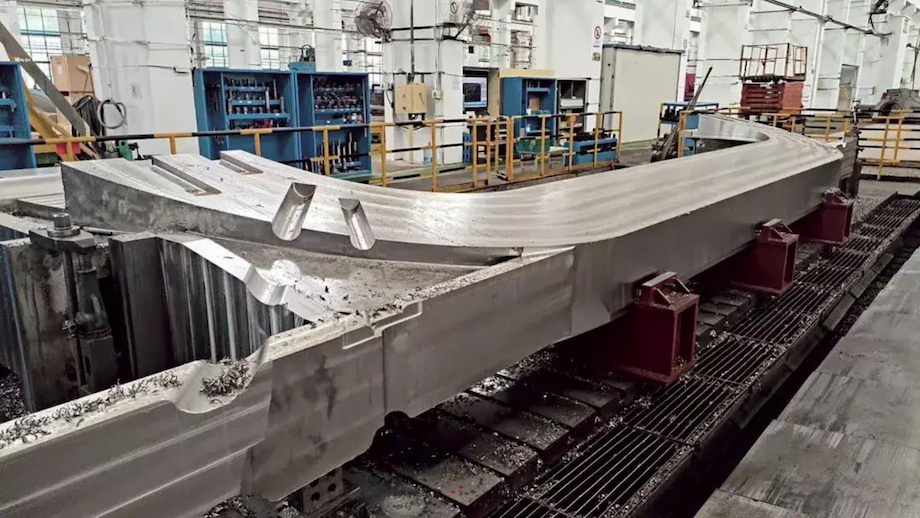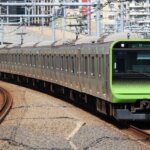China’s Super Steel: A Leap Forward for Nuclear Fusion
In the quest to unlock the power of the stars, nuclear fusion stands as the holy grail of clean, limitless energy. Yet, while the physics of fusing atomic nuclei is daunting, an equally formidable challenge has long lurked in the background: finding materials strong enough to withstand the extreme environments inside a fusion reactor. In 2023, Chinese scientists announced a breakthrough with the development and deployment of CHSN01—China high-strength low-temperature steel No 1—a specially engineered alloy that is now at the heart of the world’s first fusion nuclear power generation reactor. This achievement marks a pivotal moment in materials science and could accelerate the global race toward practical fusion energy.
Why Fusion Reactors Need Super Steel
Fusion reactors operate under conditions that push the limits of modern engineering. At their core are powerful superconducting magnets, which generate magnetic fields up to 20 Tesla—nearly 400,000 times stronger than Earth’s magnetic field. These magnets must operate at temperatures near absolute zero (as low as -269°C), all while containing plasma hotter than the sun’s core. The structural materials surrounding these magnets face a unique combination of intense cold, immense magnetic stress, and repeated mechanical loading.
Traditional materials, even those designed for extreme environments, often become brittle or lose strength at such low temperatures. For decades, the standard for fusion projects like the International Thermonuclear Experimental Reactor (ITER) in France was 316LN stainless steel, a material engineered for high strength and ductility at cryogenic temperatures. But as fusion ambitions grew, so did the demands on materials. Future reactors would require even stronger magnetic fields and more robust materials to ensure both safety and efficiency.
The Decade-Long Journey to CHSN01
The story of CHSN01 is one of scientific perseverance and innovation. Chinese researchers began their quest over a decade ago, recognizing that existing materials would not suffice for the next generation of fusion reactors. In 2011, a team from the Chinese Academy of Sciences developed the first viable material solution for fusion reactor magnets, but it still fell short of the performance needed for future reactors.
Li Laifeng, a leading researcher at the Technical Institute of Physics and Chemistry, was among those who saw the limitations of current materials. He noted that while ITER’s magnets were designed for 11.8 Tesla, future reactors would need to handle much stronger fields. Moreover, ITER itself was a research facility, not intended to generate electricity, whereas China’s ambitions included building a working fusion power plant.
By 2017, Chinese scientists had made progress by tweaking the composition of their steel—adding vanadium and adjusting carbon and nitrogen levels—to improve strength and toughness. Yet, the material still did not meet the rigorous standards required for fusion-grade performance. Many international experts were skeptical, believing that improving on 316LN was nearly impossible. As one foreign scientist put it,
“It’s absolutely impossible to do better than 316LN for these conditions.”
The breakthrough came in 2020, when renowned physicist Zhao Zhongxian, a leading expert in cryogenic physics and winner of China’s top science award, joined the project. Zhao’s expertise and leadership helped shift the project’s momentum at a critical time, guiding the team through the final hurdles.
Setting New Standards
In 2021, China established demanding new standards for fusion reactor materials: a yield strength of 1,500 MPa (megapascals) and over 25% elongation at cryogenic temperatures. These requirements were far beyond what existing materials could achieve. Fusion expert Li Jiangang emphasized the importance of developing advanced steel, calling it essential for the future of fusion energy.
That same year, Li Laifeng led the launch of a national research alliance, uniting institutes, companies, and welding specialists to create a new domestic cryogenic steel. The result was CHSN01, a material that would soon prove its worth in the most demanding of environments.
What Makes CHSN01 Unique?
CHSN01 is not just another stainless steel. It is a high-strength, low-temperature alloy specifically engineered for the unique stresses of fusion reactors. Developed from a modified N50 stainless steel base, CHSN01 features ultra-low carbon, higher nickel content, and low oxygen content. These adjustments give it exceptional mechanical properties at cryogenic temperatures.
Mechanical tests have shown that CHSN01 can achieve a yield strength of over 1,500 MPa at 4.2 K (just above absolute zero), while maintaining high ductility and resistance to fatigue. This means the steel can endure repeated cycles of stress—up to 60,000 plasma pulses—without cracking or losing integrity. Scanning electron microscopy and energy-dispersive spectroscopy confirm a homogeneous distribution of elements, ensuring consistent performance throughout the material.
Fatigue Resistance and Safety
One of the most critical challenges for fusion reactor materials is fatigue resistance. The central solenoid (CS) magnet, which heats the plasma, operates with alternating current and is subjected to repeated stress cycles. Any defect in the steel could grow over time, potentially leading to catastrophic failure.
To address this, researchers used advanced modeling and experimental testing to determine the maximum allowable defect size in CHSN01 jackets. The results showed that even with small initial defects, the material could safely withstand the operational demands of a fusion reactor. This level of reliability is crucial for the long-term safety and efficiency of fusion power plants.
From Laboratory to Reactor: CHSN01 in Action
In August 2023, CHSN01 was confirmed to meet all key standards, including the ability to handle 20 Tesla magnetic fields and withstand 1,300 MPa of stress with high fatigue resistance. The material was immediately put to use in China’s BEST (Breakthrough Experimental Superconducting Tokamak) fusion reactor, which began assembly in May 2023 and is slated for completion by 2027.
Of the more than 6,000 tonnes of parts assembled for the reactor, 500 tonnes of conductor jackets are made from domestically produced CHSN01 steel. These jackets encase the superconducting cables that generate the reactor’s powerful magnetic fields, ensuring both structural integrity and operational safety.
International Collaboration and Competition
China’s achievement with CHSN01 comes as part of a broader international effort to develop fusion energy. Projects like ITER in France and SPARC in the United States are also pushing the boundaries of materials science and engineering. However, China’s decision to develop its own domestic super steel reflects a strategic move to reduce reliance on foreign technology and position itself as a leader in the global fusion race.
According to a peer-reviewed study published in Applied Sciences, the CHSN01 jacket not only meets but exceeds the performance of materials used in ITER, allowing for larger tolerable defects and greater safety margins. This gives China a significant advantage as it moves toward building a working fusion power plant.
Beyond Fusion: The Future of CHSN01
While CHSN01 was developed specifically for fusion reactors, its unique properties make it attractive for a range of other applications. The alloy’s combination of high strength, low-temperature performance, and fatigue resistance could benefit industries such as aerospace, cryogenics, and advanced manufacturing.
Chinese researchers have already begun exploring the use of CHSN01 in other high-tech projects, and there is growing interest from international partners. As the world moves toward cleaner and more sustainable energy sources, materials like CHSN01 will play a crucial role in enabling new technologies.
Implications for Global Energy
The successful deployment of CHSN01 in a working fusion reactor is more than just a scientific milestone—it is a signal that practical fusion energy may be closer than many experts previously believed. Fusion promises a virtually limitless supply of clean energy, with no greenhouse gas emissions and minimal radioactive waste. If China’s BEST reactor achieves its goals, it could pave the way for commercial fusion power plants around the world.
As one international news outlet put it,
“The deployment of this advanced steel is seen as a significant step forward in the global race to achieve practical nuclear fusion energy.”
Challenges and Next Steps
Despite the excitement, significant challenges remain. Building and operating a fusion reactor is an immensely complex undertaking, requiring not only advanced materials but also breakthroughs in plasma physics, superconducting technology, and large-scale engineering. The BEST reactor is still under construction, and it will take years of testing and refinement before fusion power becomes a commercial reality.
Nevertheless, the development of CHSN01 represents a major leap forward. It demonstrates that with sustained investment, collaboration, and scientific ingenuity, even the most daunting technical barriers can be overcome.
In Summary
- China has developed CHSN01, a breakthrough super steel designed for the extreme conditions inside nuclear fusion reactors.
- CHSN01 offers exceptional strength, ductility, and fatigue resistance at cryogenic temperatures, outperforming previous materials like 316LN stainless steel.
- The material is now being used in China’s BEST fusion reactor, marking a significant milestone in the global race for practical fusion energy.
- CHSN01’s unique properties could have applications beyond fusion, benefiting industries such as aerospace and cryogenics.
- While challenges remain, the successful deployment of CHSN01 brings the dream of clean, limitless fusion energy one step closer to reality.












